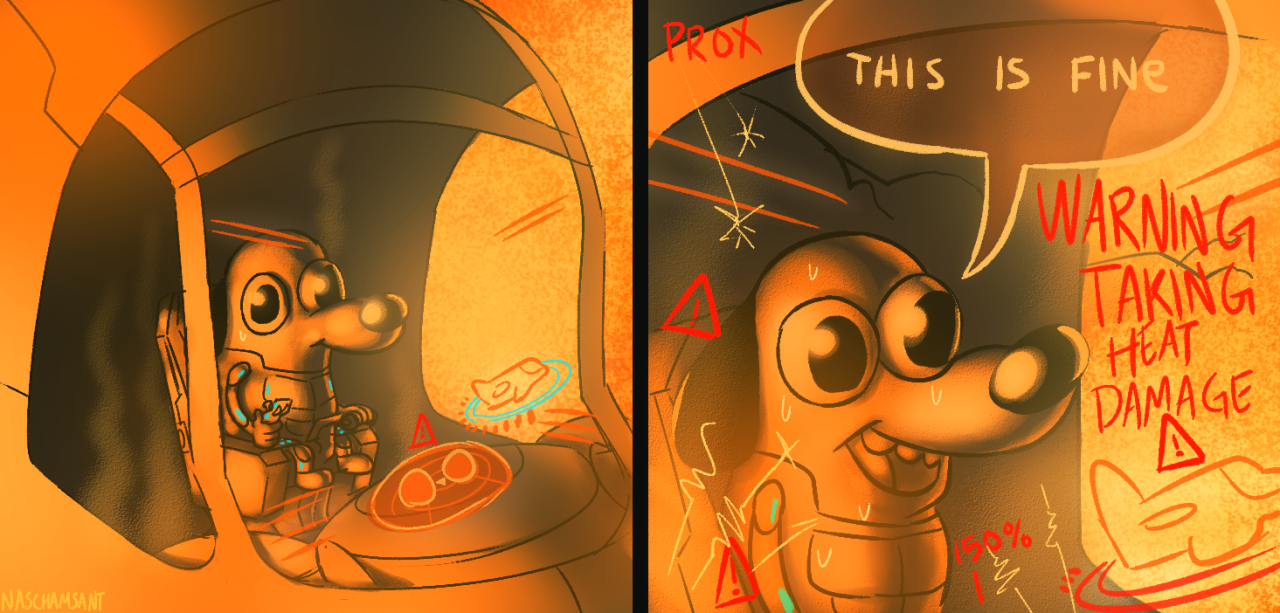So a little while back, I reblogged a post about tailoring your own clothes. The gist of it was this (IIRC):
Someone was wondering why even people on TV with non-mainstream-TV-approved body shapes always look so good in their clothes.
The long and short of it is: their bodies aren’t better than yours. They just have people tailoring every single piece of clothing they wear to flatter their figures.
Off-the-rack clothes aren’t made to look good on most people’s bodies. The advice in the post was buy clothes that fit the largest part of you, even if they’re too big elsewhere, and have them altered to fit.
That post hit me like a lightning bolt. I have a curvy figure. I’m not plus-sized, but I’ve got a small waist and large hips. Which is great in certain types of clothes (dresses, mainly), but means that if I don’t wear fitted t-shirts or blouses–if they fall straight–I just look sort of… boxy. I need clothes that go in at the waist.
My grandma was an amazing seamstress, so when I needed clothes fixed, she was around to tailor them. When she got into her 90s and her eyesight was too diminished for her to sew, we started going to a woman in our neighborhood who’d lost her husband and had started doing alterations to bring in some extra income. OF COURSE I looked good back then. I had a tailor.
Then I moved away from my parents without really knowing How To Adult and would go to Target to get clothes and just get depressed by them and never realized how much of an advantage having people who could tailor my clothes (and, you know, parents to pay for having them tailored…) had been.
So. I have a 1970s Singer Fashion Mate sewing machine that is designed to weather the apocalypse–I got it at Goodwill for $20.
And I have begun researching how to tailor your own clothes. If anyone else was wondering about that after that last post, here are some helpful links I’ve discovered.
When and Why to Get it Tailored – This article is (annoyingly) set up as a slideshow, and focuses on getting a professional to do your alterations rather than doing them yourself, but it’s got some good advice nonetheless, such as:
- Basic alterations that can make a huge difference, such as adding lingerie loops to keep bra straps in place (SERIOUSLY MY FAVORITE DRESSES FROM HIGH SCHOOL ALL HAD THESE AND WHY DID THEY DISAPPEAR IN EVERYTHING I WEAR NOW?), adding snaps between the buttons on button-down shirts for larger-busted women (you know how sometimes they gap? there’s help for that), etc.
- Average prices (at least on the East Coast) for basic alterations: replacing a zipper will run you about $20, while tailoring pants or a skirt to fit your hips and butt will be about $35.
- If you want to get a garment made of special materials (leather, fur, beaded/embroidered silk) altered, go to someone who specializes in working with that material.
- What NOT to try to alter.
- How to find a tailor.
- Having that perfect dress that you love so much duplicated and how much that will cost.
Learning Alterations – Great step-by-step tutorials on basic alterations like how to take in the waist of jeans (essential if you have a smaller waist and larger hips, because it’ll stop them from riding down every time you bend over or sit down).
Tailoring Ready-to-Wear – A full-on online course from Craftsy (costs $24.99) with videos and individual lessons on everything from hemming pants to lengthening them to altering shoulders and armholes to adding hidden zippers.
Plus-Sized Fitting and Design – Another online course (this one’s $34.99) that looks like it focuses both on alterations and on actually making clothes that are flattering to plus-sized forms.
Alterations and Tailoring 101 – Not a how-to post, but this one has a lot of useful information and ideas, such as identifying which garments to alter.
Alterations Needed blog – A whole blog on this stuff, with a lot of detailed how-tos. It focuses on fixing things to fit if you’re shorter than average/petite, but contains a lot of great advice for anyone (like an entry on why button-down shirts often bulge in back and how to fix it).
Pinch and Pin your Shirt – Super-quick video tutorial (aimed at gentlemen), but useful for anyone who wears button-down shirts on how to fix a baggy shirt.
If I find other helpful tutorials, I’ll add them. If you know of any, please let me know!
THIS! I want to learn how to do this for oh so many reasons. If only so I can fit pants to my weirdly proportioned body.


